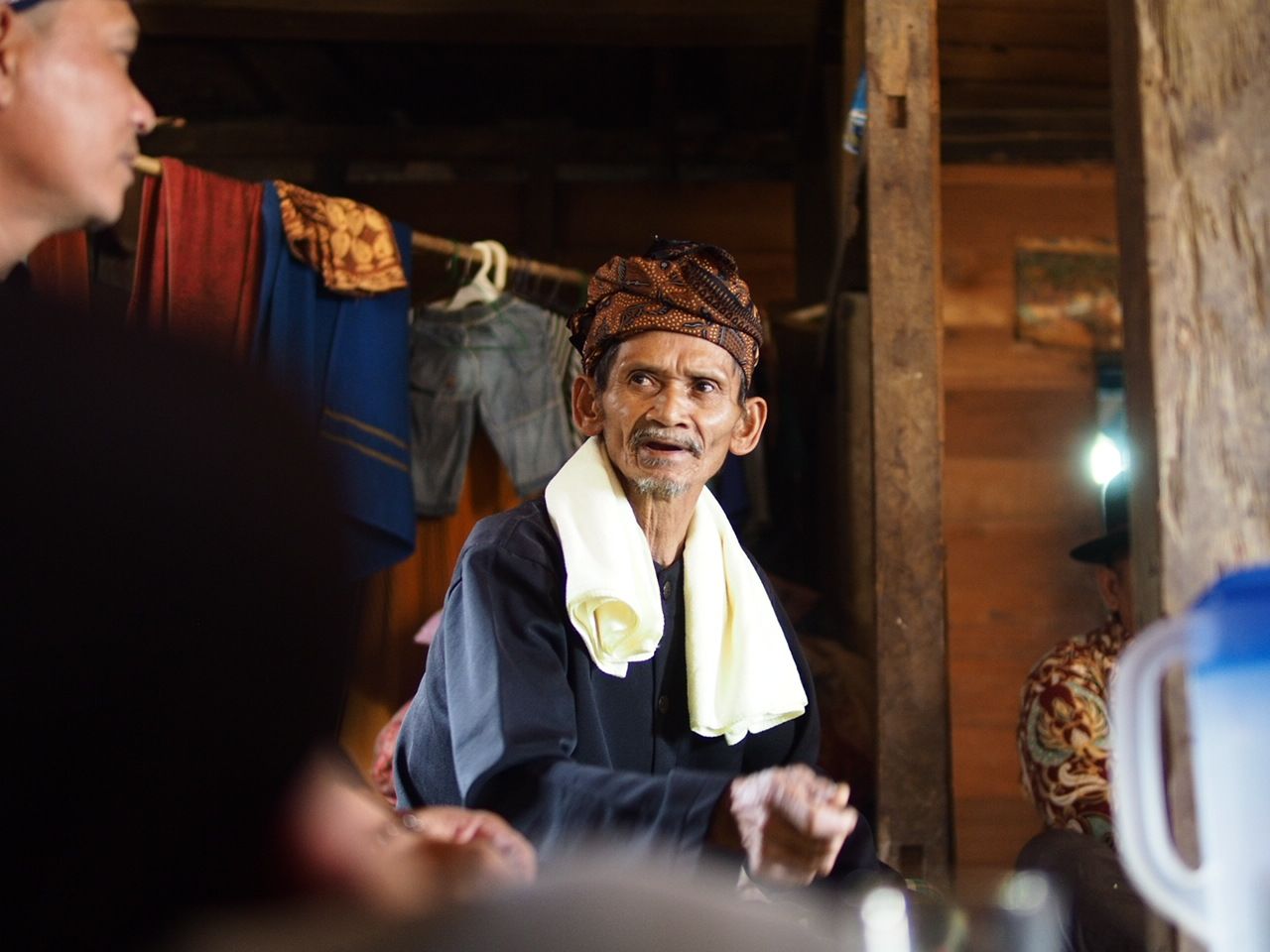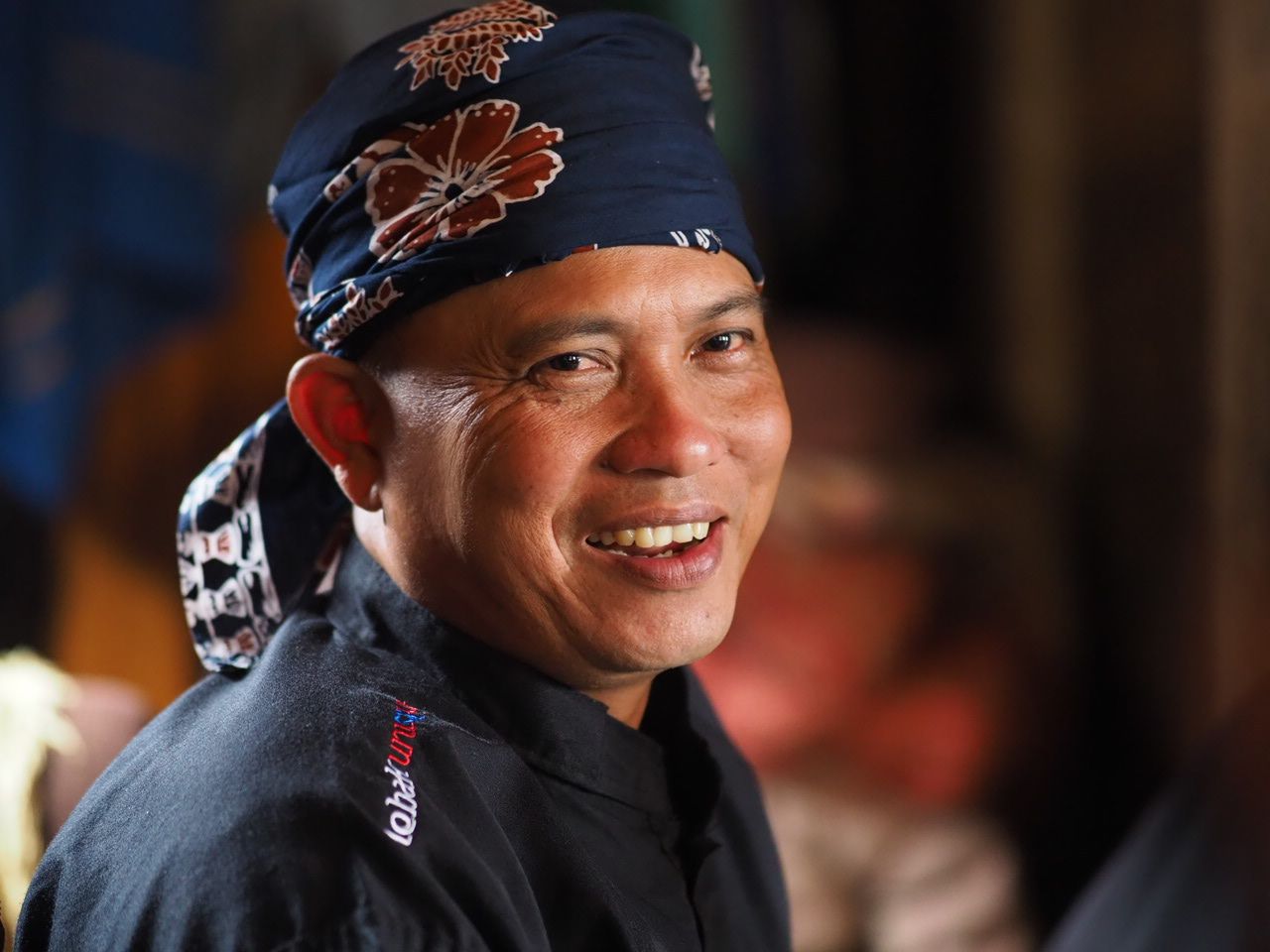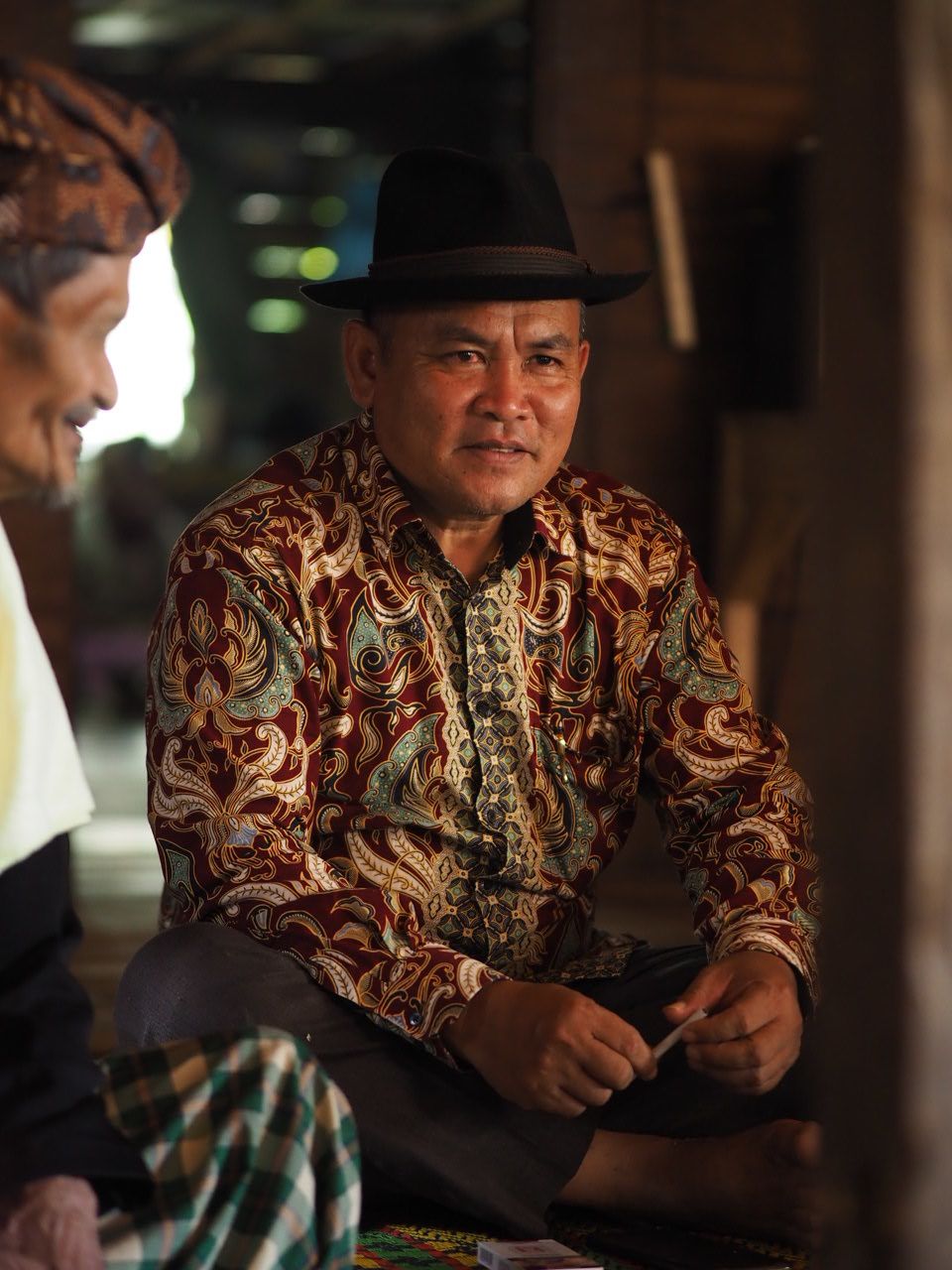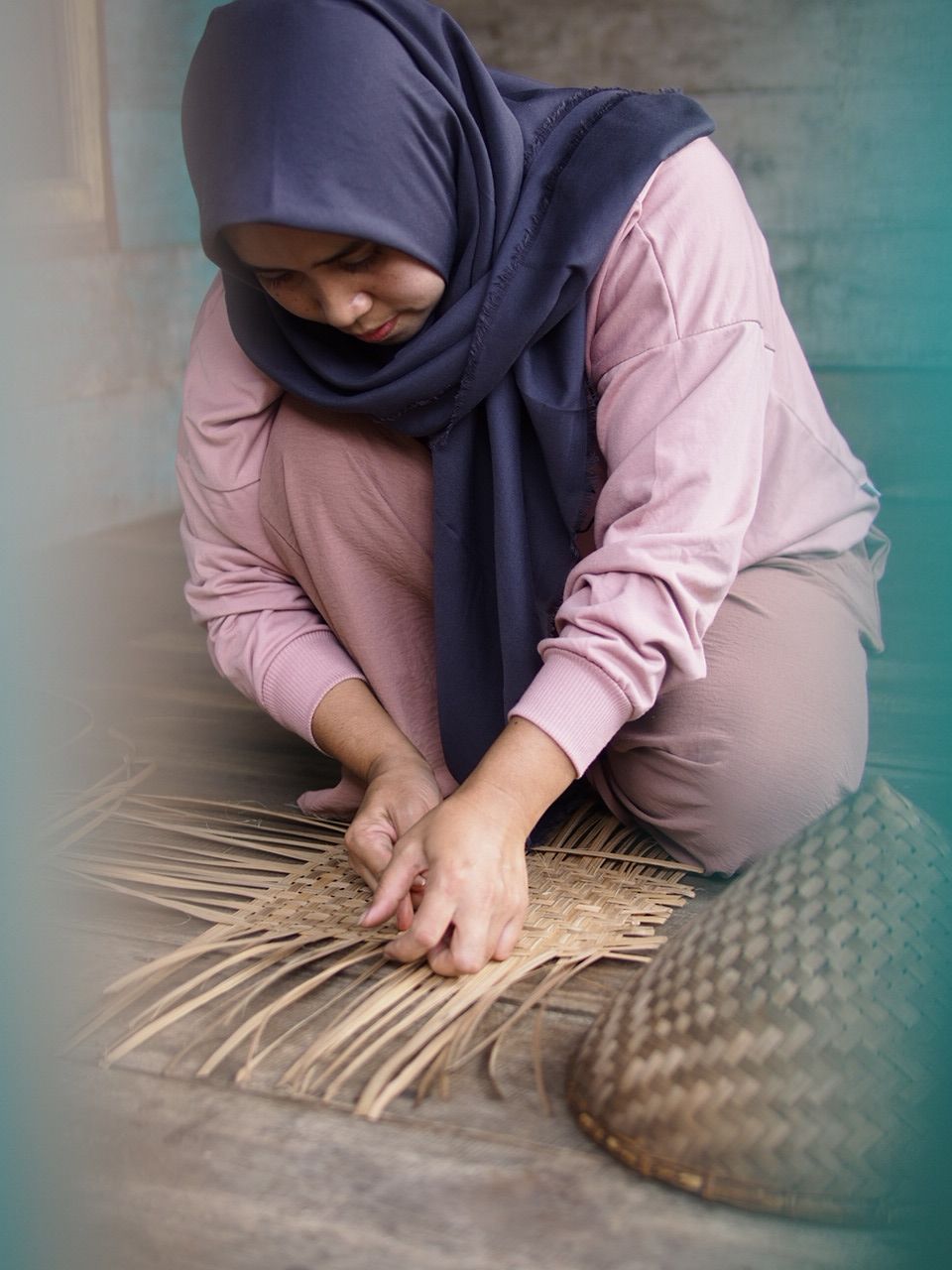Preserving traditions and forests: The Indigenous community of Kasepuhan Cibedug

In the lush embrace of the Mount Halimun Salak National Park's buffer zone in Western Java, Indonesia, nestled amidst large trees and misty peaks, lies the village of Kasepuhan Cibedug.

Located around seven kilometers from the furthest point accessible by road, Kasepuhan can only be reached on foot or by motorbike. The adjacent Mount Halimun Salak National Park and its surroundings harbor a diverse array of plant and animal species, cementing its reputation as a biodiversity hotspot within Indonesia.
The inhabitants of the village, the Kasepuhan Cibedug Indigenous Peoples are a subgroup of the larger Sundanese Indigenous community. While they share cultural, linguistic, and historical ties, each subgroup has its own unique traditions and practices. Strong customary institutions, geographical isolation, and socio-cultural heritage all play pivotal roles in bolstering the resilience and vitality of the Kasepuhan Cibedug community.

Village elders play a significant role in the governance and decision-making processes within the village of Kasepuhan Cibedug.
Village elders play a significant role in the governance and decision-making processes within the village of Kasepuhan Cibedug.
The journey to protect Kasepuhan's customary forest
In a traditional village house with colorful woven carpets, a group discussion buzzes with energy as Pak Surya, the village spokesperson, shares the arduous journey that the community has traveled towards the official recognition of their customary forest: “Customary forest protection laws are a vital aspect of preserving Indigenous lands and resources. These laws typically revolve around the enforcement of traditional practices and regulations established by local communities to safeguard their forests and ecosystems. By transforming customary laws into written records, communities can strengthen their legal standing and better protect their hereditary land rights while adapting to modern challenges and governance structures.”
Twenty years of relentless effort – from participatory mapping to formal proposals – culminated in the recognition of 1200 acres (486 hectares) of their ancestral land, a testament to the villagers’ persistent commitment to preserving their forest. Customary or adat forests are typically managed sustainably, with practices aimed at maintaining the integrity of the ecosystem and ensuring the long-term well-being of the community. Acknowledged by the Indonesian Ministry of Environment and Forestry via its social forestry program, these areas are recognized as crucial for forest and biodiversity conservation.

Community empowerment through legal acknowledgement
Customary forests are managed by local communities - with associated rights enabling them to utilize and manage resources according to their traditional practices. Adat forests hold a formal recognition status under Indonesia's constitution. For Kasepuhan Cibedug village, attaining official recognition of the Adat status of their customary forest signifies legal acknowledgment, empowering the community to spearhead forest management while retaining their status as both owners and managers. The term Adat generally refers to a complex system of traditional customs, norms and customary laws of the Indigenous Peoples of Indonesia and Malaysia.

Sustaining life: Forest recognition and economic endeavors
Yunengsih, the wife of village spokesperson Pak Surya, comments: “The forest in this locality has recently obtained official recognition. Throughout the customary forest verification process, we underwent questioning regarding our daily activities and highlighted our community's dedication to safeguarding the forest and thwarting illegal logging.”
When Yunengsih isn't tending to the farm fields, she's busy crafting bamboo hats.
When Yunengsih isn't tending to the farm fields, she's busy crafting bamboo hats.
Kasepuhan village, comprising 520 households, sustains itself through rice cultivation in mountain paddies, alongside cassava, coffee, cacao, and palm for natural sugar. Every home boasts a fishpond, ensuring food security for all. Rice, their lifeblood, is carefully stored, safeguarding against calamity. Pak Uu, the village chief, underscores the pivotal role of forests in their existence: “With traditional wisdom guiding their stewardship, community members volunteer to protect their forests, recognizing the vital link between forest conservation and water security for their paddies.”
Challenges loom large, however, with the lack of infrastructure hindering the growth of ecotourism and trade. Yet, the community is seeking alternative income sources to sustain their forest conservation efforts, as Pak Bandung, the village spokesperson highlights: “We possess remarkable potential for various economic endeavors, including palm sugar production, rice farming, and marketing bamboo as well as rattan-based products.”

Traditions and governance in Kasepuhan village
The history of Kasepuhan village stretches back to 1941, four years before Indonesia’s independence, during Dutch colonial rule. Yet the village’s roots run far deeper, tracing back to an ancient Sundanese empire. Among their treasures lies a pre-Sundanese temple dating back to 2000 BC, a solemn reminder of their rich heritage.
Annual rituals reinforce respect for traditional territories in the village, while conflict resolution hinges on peaceful dialogue and collective decision-making. These rituals are not mere ceremonies but serve as poignant reminders of the community's connection to the land and its cherished customs. Among these ceremonial practices, a pivotal moment arrives with the reading of the Adat community rules, a solemn occasion that reinforces the collective understanding and adherence to these ancient laws. In times of discord or dispute, the community turns to the practice of “peaceful talking”, known as mushawara, where both men and women come together to engage in deliberations aimed at finding resolution. Here, the egalitarian ethos of the community shines, as decisions are reached through collective consensus, ensuring that every voice is heard and valued.

Gender dynamics and women’s vital contributions to village life
Within the intricate tapestry of community life, gender roles are not rigidly defined but fluid and adaptable to the needs of the moment, as Yunengsih underscores: “Both women and men are involved in farming – while women may be the primary stewards of the fields and forests, men often take on tasks such as harvesting and selling field produce.” The village spokesperson Pak Bandung concurs: “Despite men often migrating to urban areas, women remain the backbone of rural communities, with 75 percent actively engaged in rice field activities daily. Their contributions extend to the management of rice fields, from planting crops to assisting in field preparation tasks such as plowing. We’re grateful to the indispensable role women fulfill not only in household duties but also in vital sectors like agriculture and forest management.”
The community's main drive is to conserve the forest along with their cultural traditions and livelihoods dependent on it, ensuring they endure for future generations.

Footnotes:
Kasepuhan Cibedug village is one of the sites supported by Indonesia´s REDD+ Results-Based Payments (RBP) project. Indonesia is home to the world’s third largest tropical rainforest, harboring a rich biodiversity and cultural heritage. Between 2014 and 2016, Indonesia reduced its emissions from deforestation and forest degradation. The Green Climate Fund rewarded these emissions reductions with $103.8 million US in results-based payments in 2020. The funds are crucial to achieve the country’s Nationally Determined Contribution (NDC). Pivotal to achieve Indonesia’s climate goals, the Forest and Other Land Use (FOLU) Net Sink Plan follows 3 priorities:
1. Social forestry, which grants local communities the rights to manage and benefit from forest resources, promoting sustainable practices and biodiversity conservation
2. Forest and peatland rehabilitation and restoration to enhance biodiversity, reduce greenhouse gas emissions, and promote community engagement
3. Forest fire management, a multi-faceted approach to prevent, control, and mitigate the impact of wildfires
Learn more about Indonesia´s REDD+ Results-Based Payments (RBP) project and lessons learned from the initial application of UNDP's Performance-Based Payment Policy in Indonesia
UNDP Climate & Forests systematically promotes social equity, including the rights, knowledge, and inclusion of Indigenous Peoples and local communities, to ensure forest solutions to climate change contribute meaningfully to delivering on the NDCs and advancing the SDGs.
Photo copyright: UNDP Indonesia / Roy Prasetyo - others as indicated















